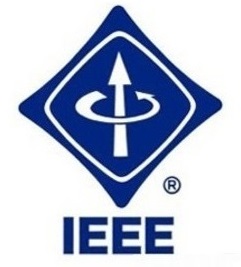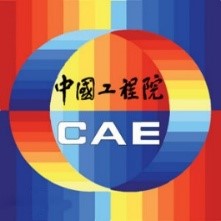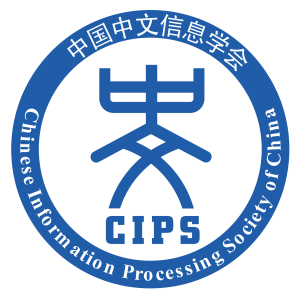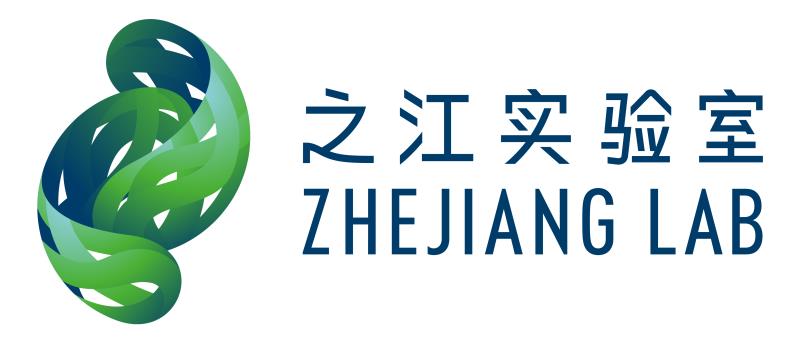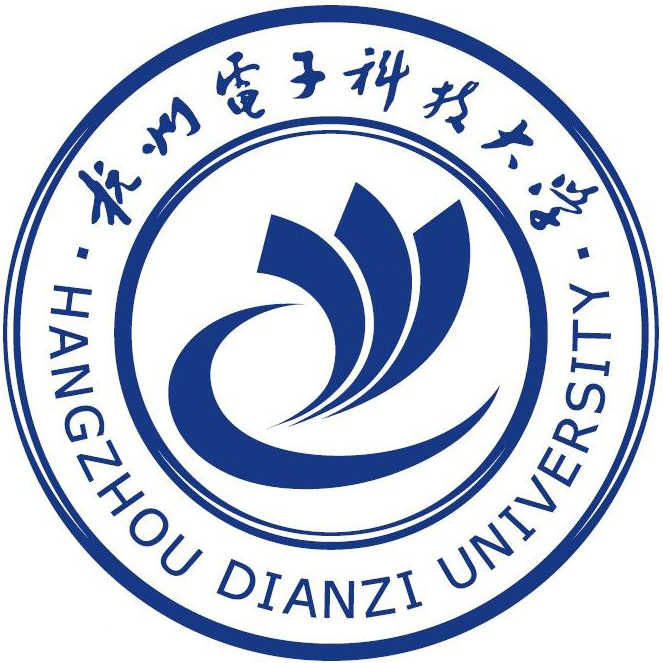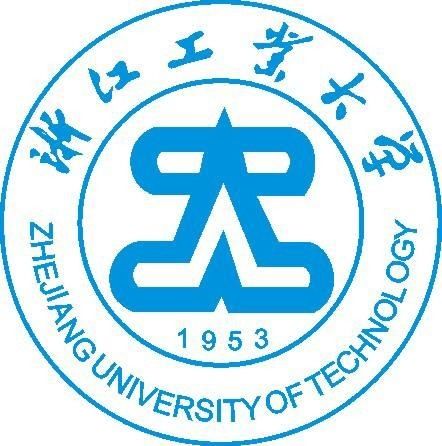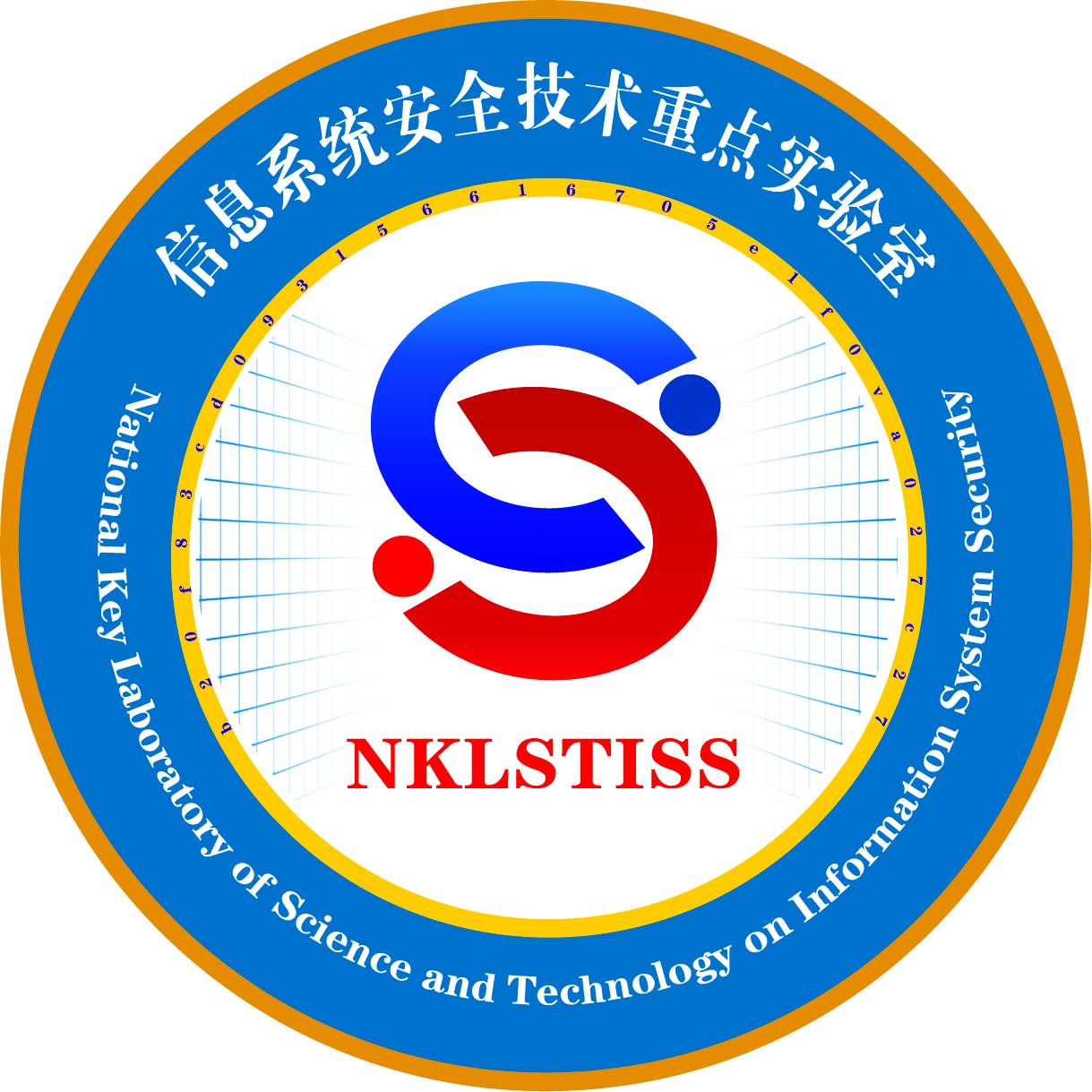TUTORIAL
Medical Image Analysis and classification techniques
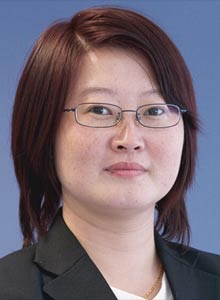
|
08:30 - 10:00, Meeting Room #5, June 25, 2019 Tutorial Speaker: Xiaoxia Yin |
Abstract: We provide a comprehensive account of recent advances in biomedical image analysis and classification from two complementary imaging modalities: terahertz (THz) pulse imaging and dynamic contrast-enhanced magnetic resonance imaging (DCE-MRI). We aim to highlight underlining commonalities in both data structures so that a common multi-channel data fusion framework can be developed. Signal pre-processing in both datasets is discussed briefly taking into consideration of advances in multi-resolution analysis and level sets. Developments in statistical signal processing using principal component and independent component analysis are also considered. These algorithms have been developed independently by the THz-pulse imaging and DCE-MRI communities, and there is scope to place them in a common multi-channel framework to provide better software standardization at the pre-processing de-noising stage. A comprehensive discussion of feature selection strategies is also provided and the importance of preserving textural information is highlighted. Feature extraction and classification methods taking into consideration Mahalanobis classifier and support vector machine (SVM) classifiers, and deep learning are presented.
Biography: Prof. Yin is a Professor of Cyberspace Institute of Adavanced Technology at Guangzhou University in China. She was researh fellower of research fellow with the Centre for Applied Informatics, College of Engineering & Science at Victoria University in Australia. Her main research foucus on biomedical signal and image processing for pattern recognition and computer tomography using coherent terahertz radiation. She was Chief Investigator of several projects , funded by the Australian Research Council (ARC) and Victoria University. She served as the Associate Editor of Health Information Science and Systems Journal, and Program Chair of several international conferences.
Towards Knowledge Harvesting from Text Corpus
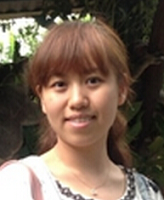
|
10:30-12:00, Meeting Room #5, June 25, 2019 Tutorial Speaker: Wen Hua |
Abstract: With the proliferation of Web and text sources (e.g., news articles, online reviews, tweets, etc.) and the technological advancement in scalable information extraction, various large-scale machine-understandable knowledge bases (e.g., Google Knowledge Graph, YAGO, Freebase, Probase, DBpedia, etc.) have been automatically constructed. The knowledge bases provide facts about named entities as well as their mutual relationships, which are crucial for semantic understanding, information retrieval, question answering, recommendation, and other advanced tasks. However, existing approaches to knowledge extraction are still confronted with numerous difficulties, such as ineffective sentence encoding, noisy training data, lack of temporal information, etc. In this tutorial, we will focus on two major tasks in knowledge harvesting, i.e., entity linking and relation extraction. We will summarize general techniques developed for each task, analyse current challenges and introduce some promising solutions that can be applied. We will also discuss open problems and directions for future research.
Biography: Dr Wen Hua is a Lecturer at the School of Information Technology and Electrical Engineering (ITEE), the University of Queensland. She received her PhD and Bachelor degrees in computer science from Renmin University of China in 2015 and 2010, respectively. After completing her PhD study, she was appointed as a Postdoctoral Research Fellow at the University of Queensland. Her research interests include information extraction, natural language processing, knowledge graph, and spatiotemporal data management. She has published in reputed journals and international conferences such as SIGMOD, PVLDB, ICDE, VLDBJ, TKDE, IJCAI, CIKM, WSDM, WWWJ, etc. She won the Best Paper Award in ICDE 2015, and she was also awarded the Advance Queensland Research Fellowship in 2017.
